Marfan Syndrome Eye Problems
Marfan syndrome eye problems. A 28-year-old female with a history of Marfan syndrome presented to the comprehensive ophthalmology clinic reporting a progressive decrease in vision and worsening glare in both eyes. Other possible eye-related symptoms of Marfan syndrome include. Ectopia lentis is of course the classical ocular feature and is often if not always congenital with some progression.
This feature may make it more difficult to fit contact lenses. In the eye the mutations weaken the zonule fibers to the point of breaking and letting go of the lens a condition called ectopia lentis. People with Marfan syndrome are usually tall and thin with disproportionately long arms legs fingers.
THE EYES IN MARFAN SYNDROME Marfan syndrome and some related disorders can affect the eyes in many ways causing dislocated lenses and other eye problems that can affect your sight. Obvious sunken eyeballs enophthalmos. Marfan syndrome most commonly affects the heart eyes blood vessels and skeleton.
Marfan syndrome is an inherited disorder that affects connective tissue the fibers that support and anchor your organs and other structures in your body. She had been seen by ophthalmologists in the past and had been told that her crystalline lenses were subluxed in both eyes. Except for dislocated lenses these eye problems also occur in the general population which is why doctors do not always realize they are caused by Marfan syndrome.
Larger than normal corneas. Cataracts where cloudy patches develop in the eyes lens causing blurred or misty vision. The most well known of the problems is the tendency for the eye lens to slip dislocate out of place because of weakened connective tissues that hold it.
The eyes in marfan syndrome Symptoms of lens dislocation depend on severity and may include mild to severe nearsightedness blurred vision and fluctuating vision. Marfan syndrome affects both sexes and all ethnic groups. Marfan syndrome has been linked to more than 3000 fibrillin-1 mutations.
Marfan syndrome typically has skeletal ocular and cardiovascular abnormalities. Marfan syndrome is a genetic condition that can cause a wide variety of heart eye and skeletal problems.
History of Present Illness.
Obvious sunken eyeballs enophthalmos. THE EYES IN MARFAN SYNDROME Marfan syndrome and some related disorders can affect the eyes in many ways causing dislocated lenses and other eye problems that can affect your sight. Glaucoma increased pressure in the eyeball which left untreated can cause permanent vision loss. People with Marfan syndrome are usually tall and thin with disproportionately long arms legs fingers. A 28-year-old female with a history of Marfan syndrome presented to the comprehensive ophthalmology clinic reporting a progressive decrease in vision and worsening glare in both eyes. Because connective tissue is found throughout the body patients with Marfan syndrome have problems with a number of systems including bones joints eyes heart blood vessels nervous system skin and lungs. About half of people with MFS develop an eye problem. Marfan syndrome affects both sexes and all ethnic groups. Larger than normal corneas.
In the eye the mutations weaken the zonule fibers to the point of breaking and letting go of the lens a condition called ectopia lentis. The most well known of the problems is the tendency for the eye lens to slip dislocate out of place because of weakened connective tissues that hold it. About half of people with MFS develop an eye problem. Because connective tissue is found throughout the body patients with Marfan syndrome have problems with a number of systems including bones joints eyes heart blood vessels nervous system skin and lungs. The Eyes Marfan syndrome can affect vision in several ways. People with Marfan syndrome are usually tall and thin with disproportionately long arms legs fingers. Marfan syndrome typically has skeletal ocular and cardiovascular abnormalities.
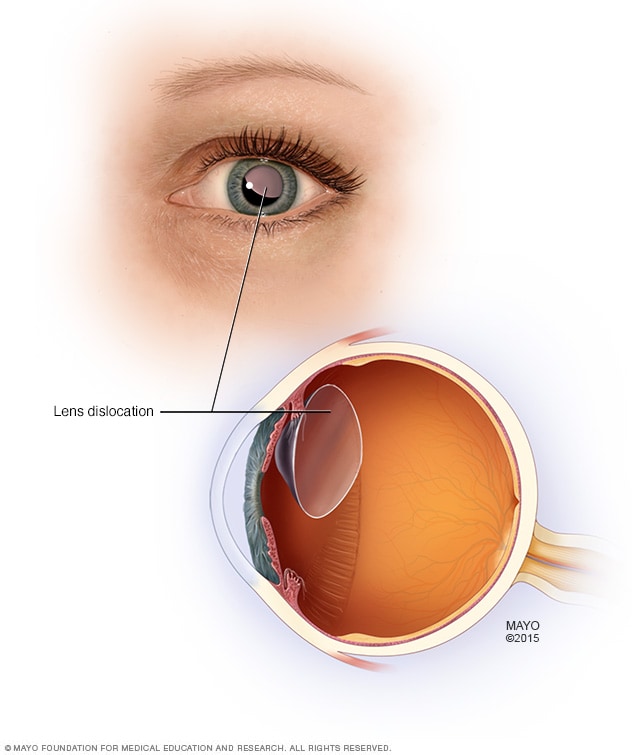
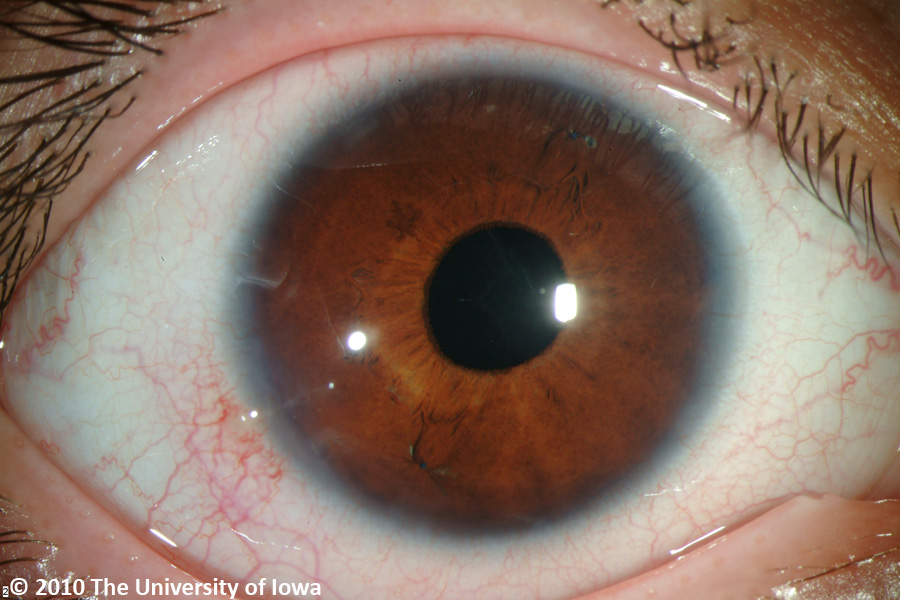

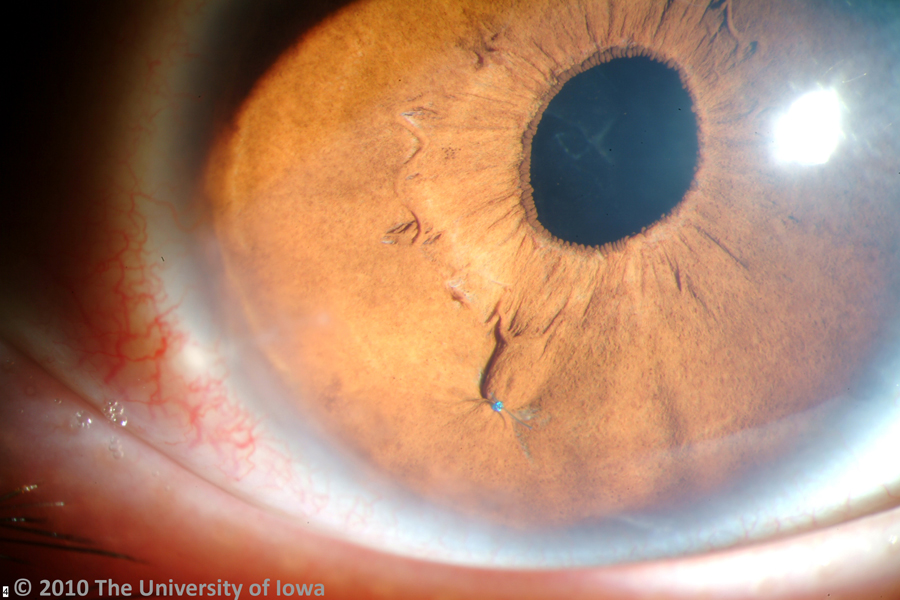

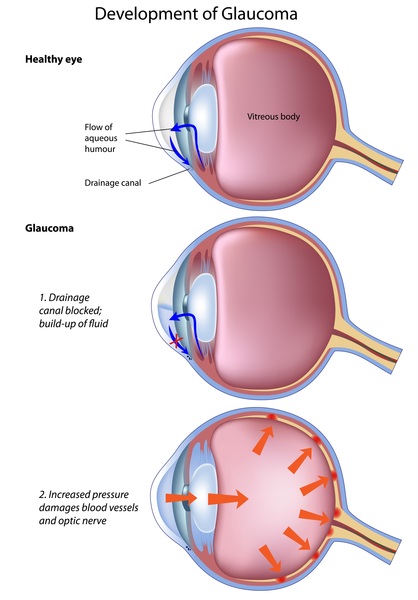


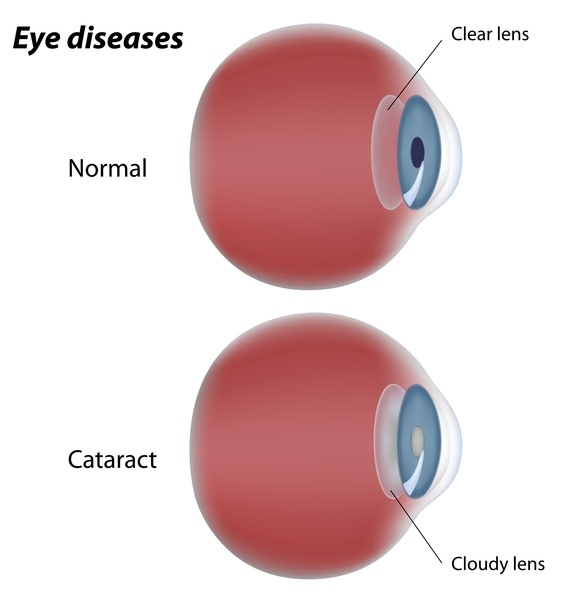

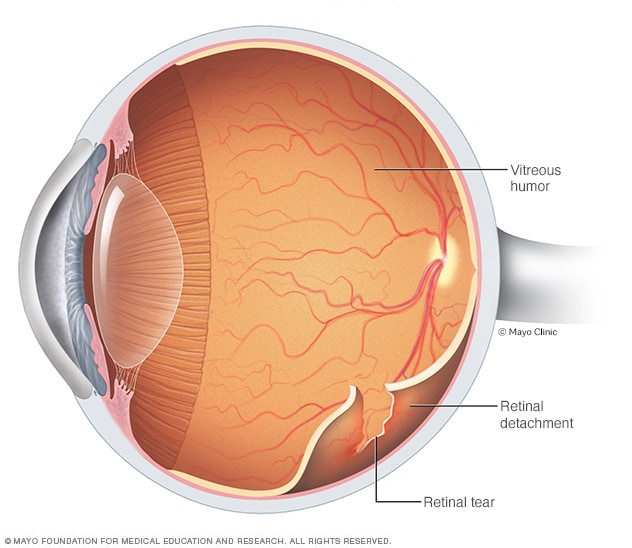
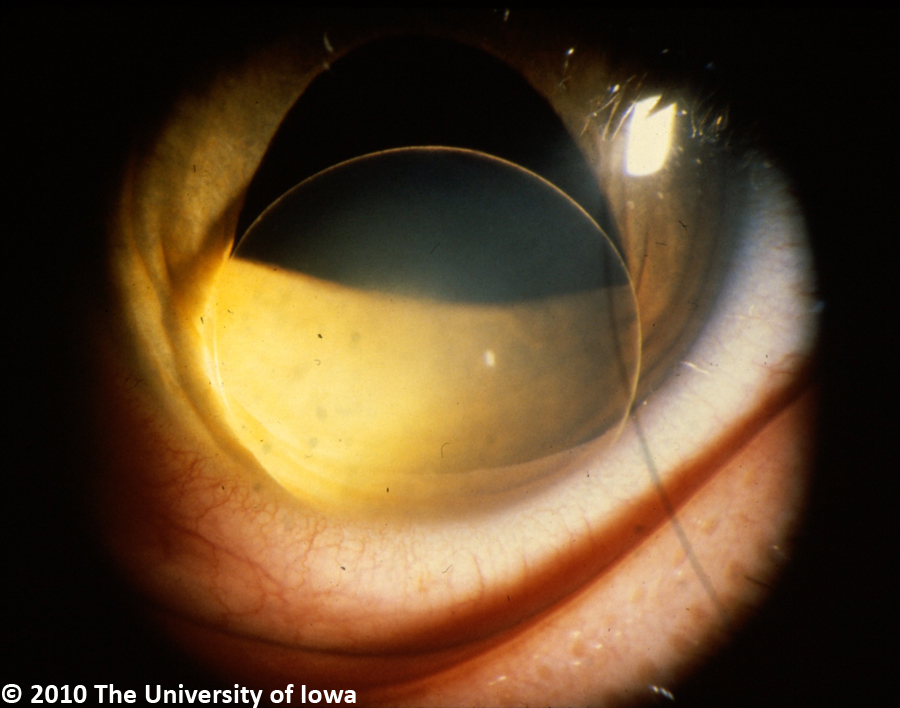


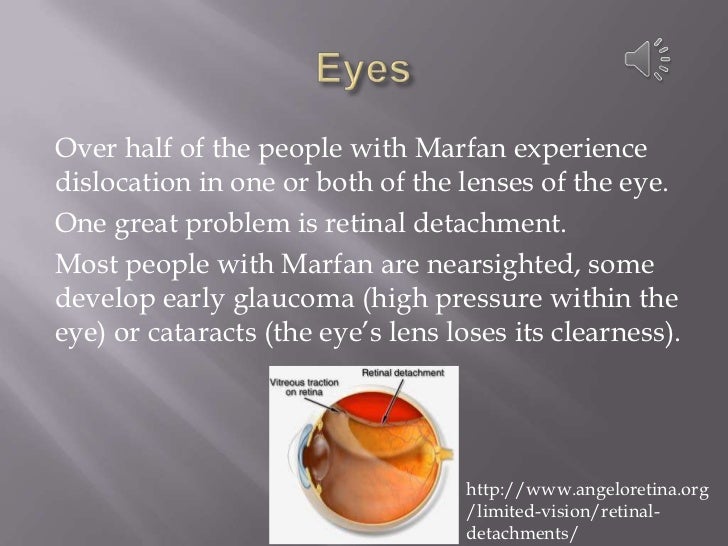
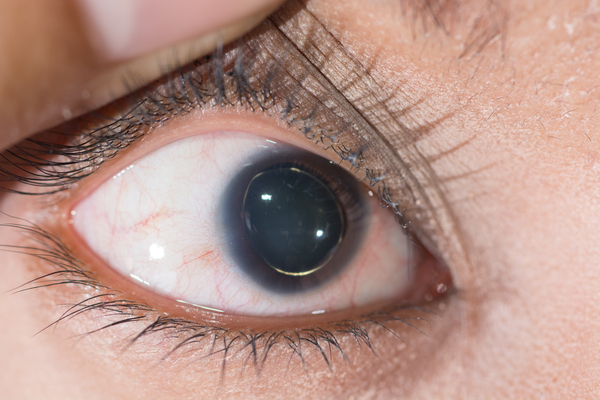





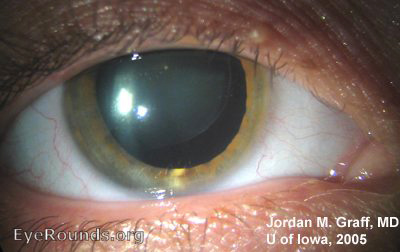

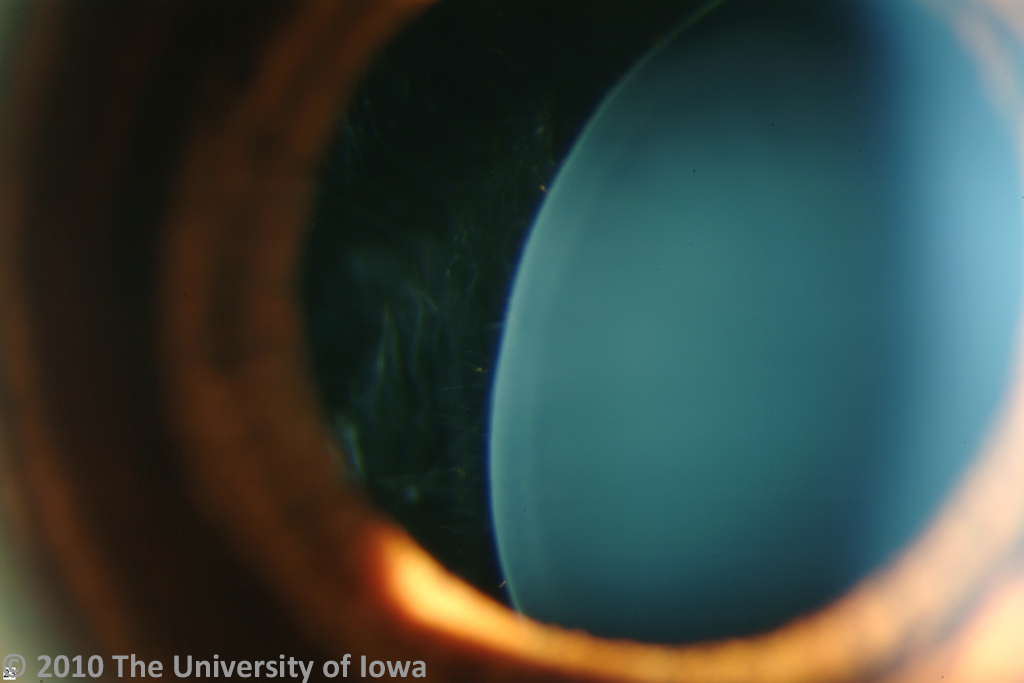


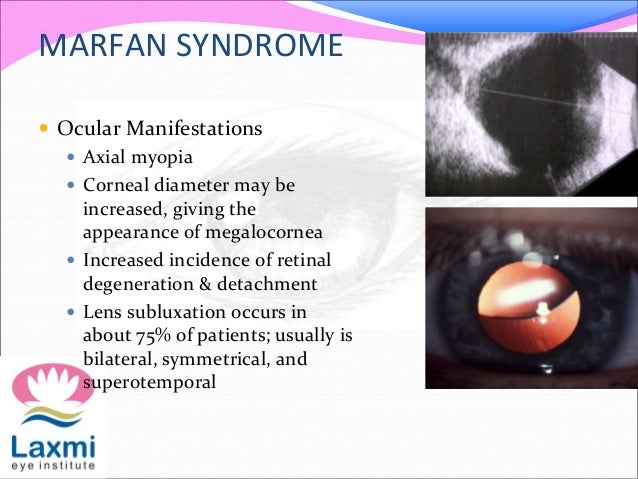
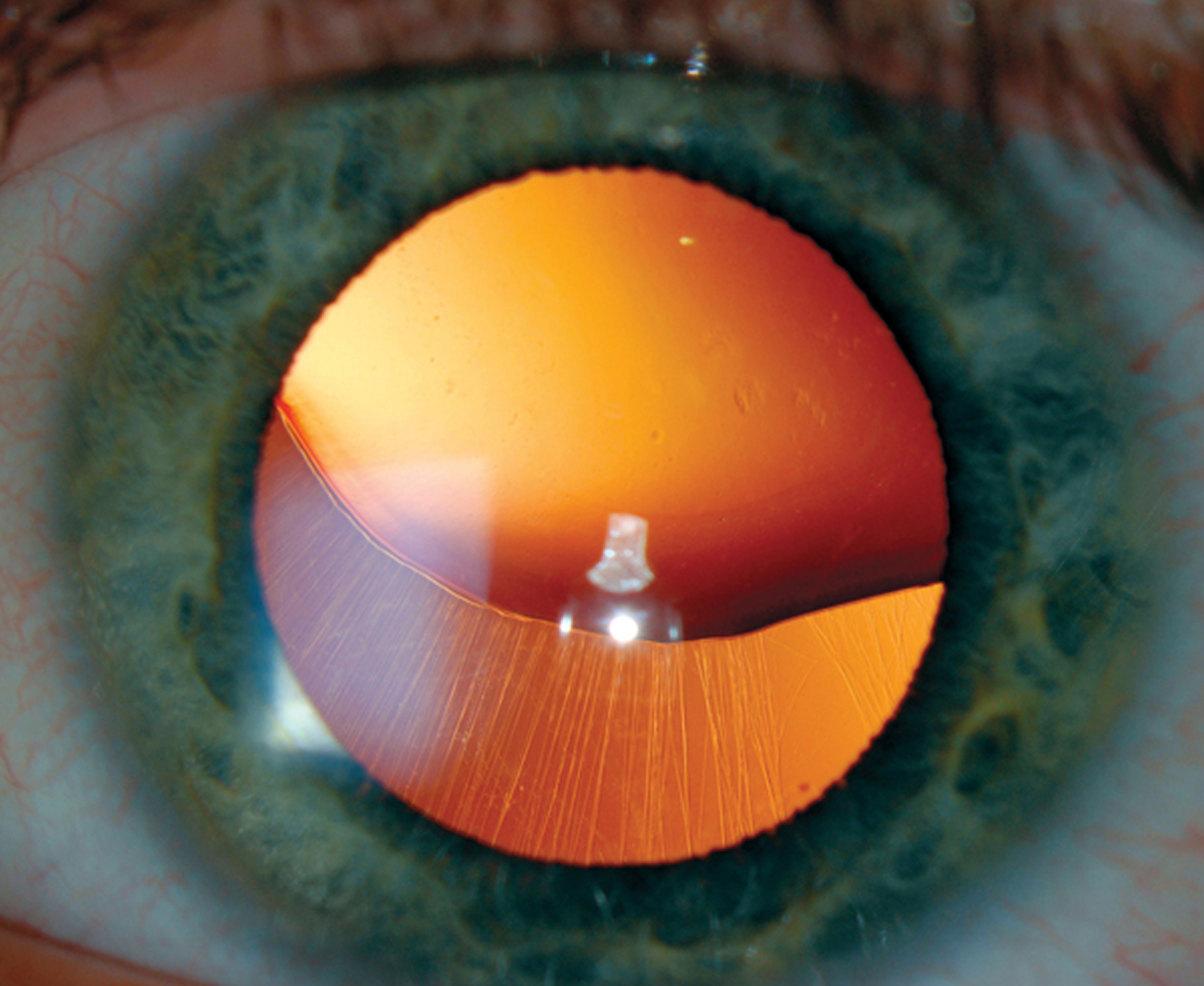




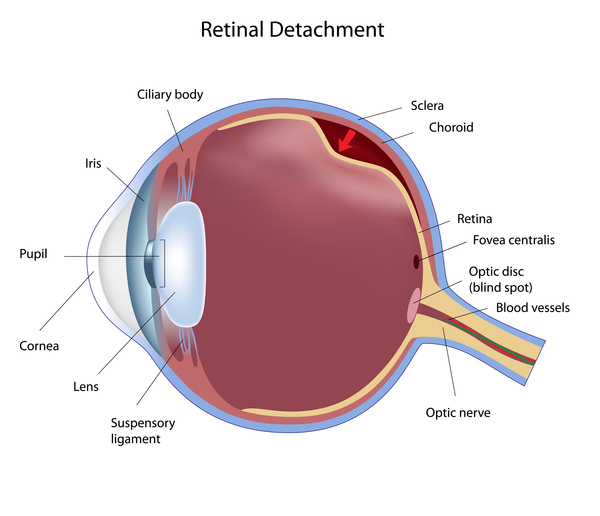

Post a Comment for "Marfan Syndrome Eye Problems"